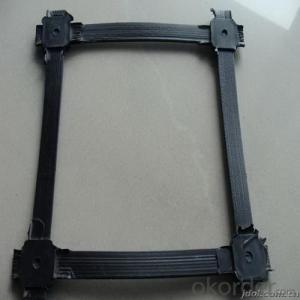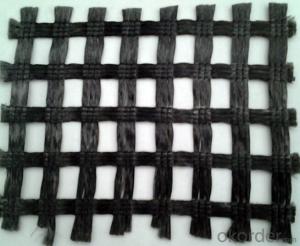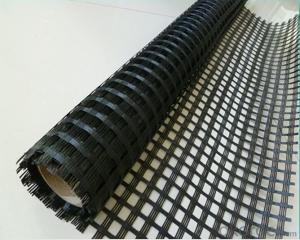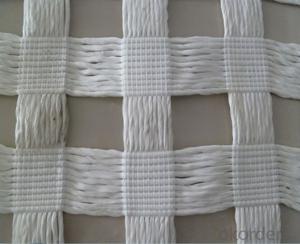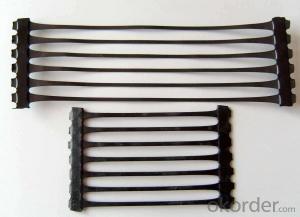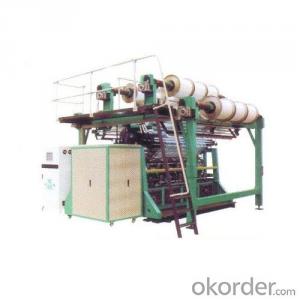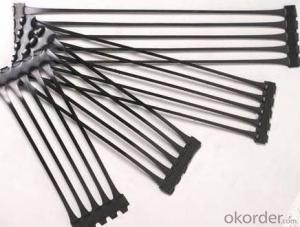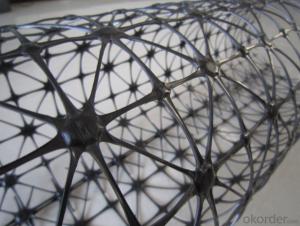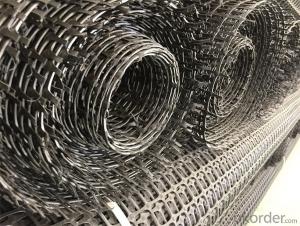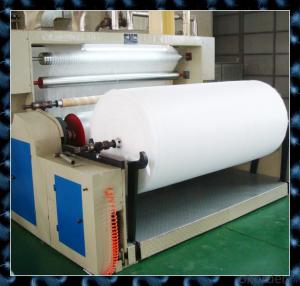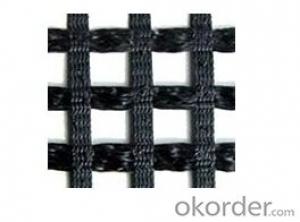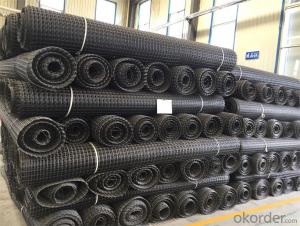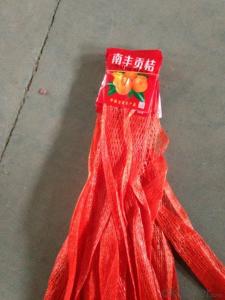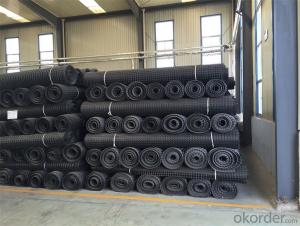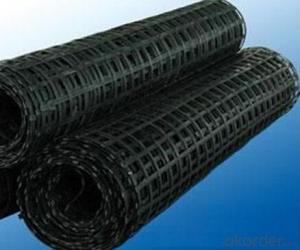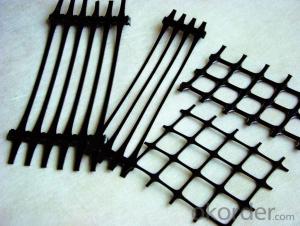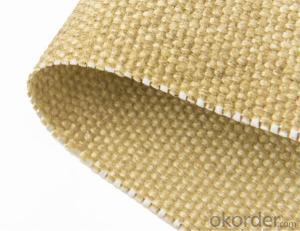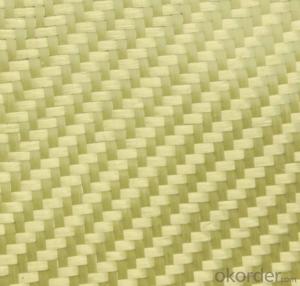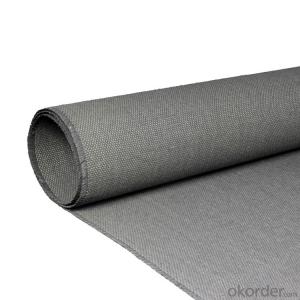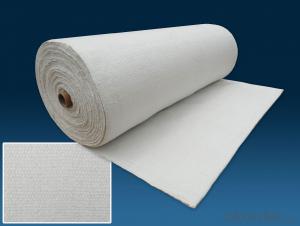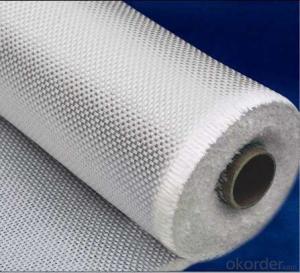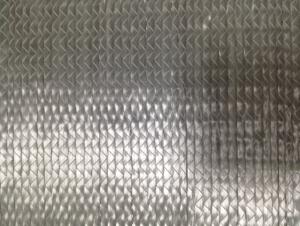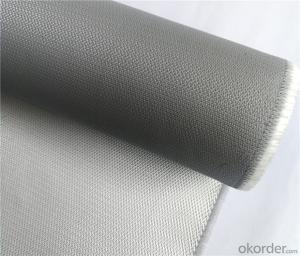Warp Knitting Polyester Geogrid
Warp Knitting Polyester Geogrid Related Searches
Geogrid Machine Black Poly Geogrid Geogrid Landscape Fabric Geogrid Fabric Driveway Woven Geogrid Geogrid Grass Pavers Grass Geogrid Cheap Geogrid Tensar Tx-5 Geogrid Warp Knitting Polyester GeogridHot Searches
Geogrid China Geogrid Fabric Price Geogrid Price List Tensar Triax 160 Geogrid Price Tensar Ss40 Geogrid Price Tensar Tx160 Geogrid Price Triax Geogrid Price Geogrid Price Tx160 Geogrid Price Geogrid Fabric Home Depot Tensar Type 2 Geogrid Type 2 Geogrid Home Depot Geogrid Geogrid Home Depot Geogrid Material Suppliers Geogrid Fabric Near Me Geogrid Aperture Size Geogrid Products Geogrid China Tensar Ss40 Geogrid PriceWarp Knitting Polyester Geogrid Supplier & Manufacturer from China
Okorder.com is a professional Warp Knitting Polyester Geogrid supplier & manufacturer, offers integrated one-stop services including real-time quoting and online cargo tracking. We are funded by CNBM Group, a Fortune 500 enterprise and the largest Warp Knitting Polyester Geogrid firm in China.Hot Products
FAQ
- Fiberglass fabric is used in the production of fireproof curtains due to its excellent fire-resistant properties. The fabric is woven from fine strands of glass, which can withstand high temperatures and prevent the spread of fire. By incorporating fiberglass fabric into the curtains, they become highly resistant to flames and can effectively block the passage of heat and smoke, providing an added layer of safety and protection in fire-prone areas.
- The weave pattern of fiberglass fabric plays a crucial role in determining its strength. The weave pattern refers to how the individual fiberglass strands are interlaced with each other during the manufacturing process. There are several common weave patterns used for fiberglass fabric, including plain weave, twill weave, and satin weave. The plain weave pattern is the simplest and most common. It consists of an over-under pattern where each strand alternates over and under the adjacent strands. This weave pattern provides good strength and stability in both the warp and weft directions, making it suitable for a wide range of applications. Twill weave pattern is characterized by a diagonal pattern formed by the interlacing of the strands. This pattern provides better drapability and flexibility compared to plain weave. Twill weave offers enhanced strength and durability, particularly in the direction of the diagonal weave. It is commonly used in applications that require better resistance against wear and tear. Satin weave pattern is the most complex and intricate. It involves a series of floating warp or weft strands that pass over several adjacent strands before interlacing again. Satin weave provides a smooth and lustrous surface, making it ideal for applications that require an aesthetic finish. However, it sacrifices some strength and stability compared to plain or twill weaves. In summary, the weave pattern of fiberglass fabric significantly affects its strength. While plain weave offers good overall strength, twill weave enhances durability and resistance to wear and tear. Satin weave sacrifices some strength for a smoother surface and improved aesthetics. The choice of weave pattern depends on the specific requirements of the application, balancing factors such as strength, flexibility, and appearance.
- Yes, fiberglass fabric can be used for reinforcement in architectural structures. Fiberglass fabric is a versatile material known for its high strength-to-weight ratio, durability, and resistance to corrosion and fire. These properties make it an ideal choice for reinforcing architectural structures. Fiberglass fabric can be used in various ways to enhance the strength and stability of architectural structures. It can be applied as a layer of reinforcement in concrete structures, such as beams, columns, and slabs. The fabric is typically saturated with epoxy or resin to create a composite material that adds strength and structural integrity to the concrete. In addition to concrete reinforcement, fiberglass fabric can also be used to reinforce other architectural elements, such as walls, roofs, and facades. It can be applied as a layer over existing surfaces or integrated into the construction process. The fabric can enhance the structural integrity of these elements, making them more resistant to external forces and improving their overall longevity. Furthermore, fiberglass fabric is lightweight and easily moldable, allowing for greater design flexibility in architectural structures. It can be shaped and formed to fit various architectural shapes and sizes, making it suitable for both simple and complex structures. Overall, fiberglass fabric is a reliable and cost-effective option for reinforcing architectural structures. Its strength, durability, and versatility make it a preferred choice for architects and engineers looking to enhance the structural integrity and performance of their designs.
- How to deal with the high temperature fiberglass cloth, so that the trimming can not be scattered
- Stick it with cellophane tape and it won't break in the scissors.
- Fiberglass fabric is not breathable. It is made from woven glass fibers, which create a tight and dense structure that does not allow air to pass through easily. This lack of breathability makes fiberglass fabric suitable for applications that require insulation, fire resistance, or protection against chemicals and abrasion. However, it can also trap heat and moisture, which may be uncomfortable in certain situations.
- Yes, fiberglass fabric can be used for making curtains or dividers. Fiberglass fabric is known for its durability, strength, and resistance to fire, making it a suitable material for such applications. It is also lightweight and flexible, allowing for easy manipulation and installation. Moreover, fiberglass fabric can be easily cleaned and maintained, making it a practical choice for curtains or dividers in various settings, such as homes, offices, or industrial spaces.


